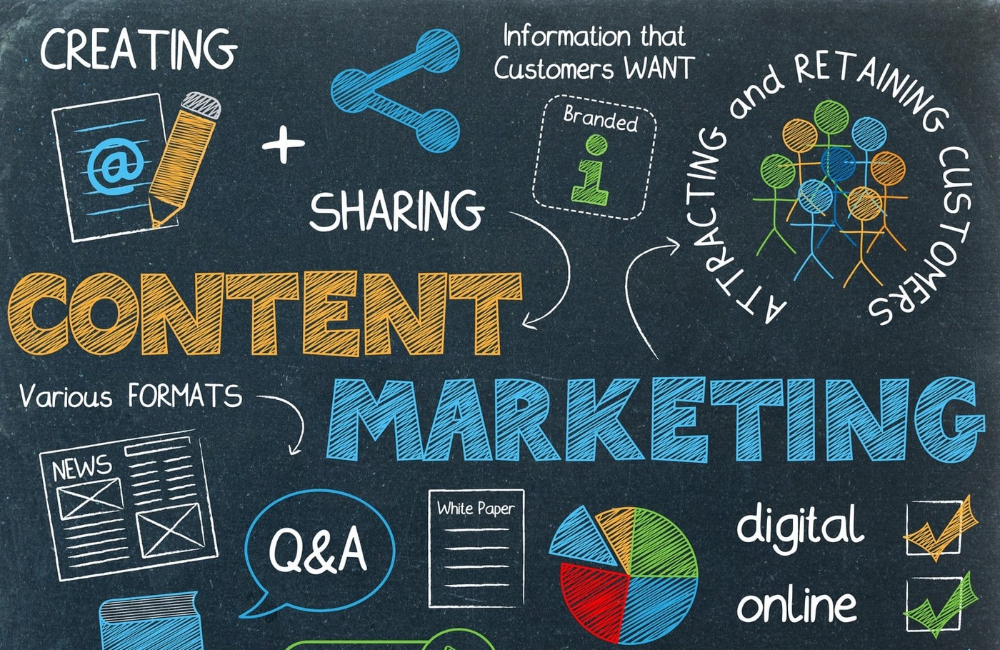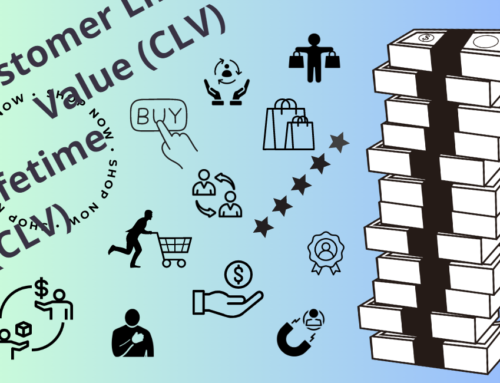To begin with, think of a content marketing strategy as a blueprint for core business and customer needs, and a detailed plan for how content will be used to meet those needs and supplement marketing efforts. While a content marketing strategy first looks at the strategic position of content marketing in the overall marketing process, there is also an organizational and planning dimension that maps the various steps involved in setting goals, planning, mapping, content creation, and more. Content Strategy – It’s the part of your marketing plan that determines how you use strong content to create an effective content marketing strategy to showcase your expertise and build relationships with your audience.
Secondly, think of a content marketing strategy as a content-specific marketing plan; therefore, it should include details such as the key topics you will cover, what content you will create, when and how to share it, and the specific calls to action you will include. Content marketing strategy (not to be confused with content strategy) looks at the various ways content marketing can be used in the buyer journey, customer lifecycle, and/or various customer touchpoints, but it goes a step further. This article will guide you through the content marketing strategy planning process and teach you how to create the most effective types of content to reach your target audience.
High-quality content can go a long way in creating a marketing strategy, and fast content delivery will help you connect with your target audience more closely. Quality web content helps marketers build relationships, develop leads, and influence potential buyers. Web content encourages your audience to engage with your business by responding to their needs or desires.
Audience Pulse
If you want to create unique content, you need to know where your target audience is looking for answers. When you’re ready, make sure you’re creating content that meets the needs of your audience and offers value to your audience. Look at what you offer and who your customers are to create multiple categories of content that will resonate.
Drive Content with Purpose
Marketers should focus on creating different types of content for different stages of the sales funnel. Not everything you create will have the same purpose as your content strategy, and the goals will change from time to time, as will the content. Whether you want to increase revenue, increase leads, or improve user experience, your content strategy has a purpose. A strategic plan should focus on your goals and how you will achieve them.
Set Goals
Taking the time to clearly define the strategy behind your content and goals is an important step that many marketers skip. As we learned in our annual survey, you need not only a strategy, but also documentation of it. Whether you’re looking to generate leads, increase sales, or build brand awareness, a well-defined content strategy will bridge the gap between your marketing KPIs and your actual results.
Customer Engagement
Content marketing is more than just creating, distributing, and sharing content to reach audiences, generate leads, improve your brand, and other marketing goals you can achieve with content marketing. Organic social media marketing content is a great way to attract customers, build brand awareness, and protect and nurture leads. Content marketing is also related to social media marketing as the content created needs to be shared, shared and shared on various social platforms to increase its visibility to a wide audience. Marketers have long focused on content creation strategies, but now is the time to curate content.
Then and Now
Content marketing has been around since 1732, if not before Benjamin Franklin first published his annual Poor Richards Almanac to promote his print business, and now in 2022, while content marketing The concept has barely changed, but the tactics brands can now implement to market their stories. seems infinite. By experimenting with different approaches, experimenting with different tools, and monitoring how customers interact with your brand, you can continuously improve your content marketing strategy and convince the rest of your organization how powerful they are for business growth.
But before you get started, it’s important to take the time to create a solid content marketing strategy to define your target audience, set your KPIs, define your distribution channels, and plan your content growth. Now let’s take a look at how to create the perfect content strategy plan with some helpful tips and tools to help you be more efficient.
Marketing Approach
Key elements of most content strategies include marketing objectives, key performance indicators, timelines, market research, and internal distribution and communication strategies. Content strategy is the process of planning, creating, distributing and measuring all online forms of content to achieve predefined marketing and business goals.
Addressing the What’s, How’s and Why’s
Content strategy is concerned with the what, how, why, and when involved in creating, curating, managing, directing, reviewing, and managing any content owned or created by a company, primarily for marketing purposes. Content strategy, at its core, is about how you will effectively and efficiently use content to engage, engage, and convert consumers through your marketing. This document also helps to understand how content can be used in marketing, or more specifically customer acquisition, which is critical to developing a consumer-centric approach in an online environment.
Teamwork
Sharing a content marketing strategy is also a good practice for companies that are just starting out in content marketing, for content teams that rely on internal or external subject matter experts, or for companies that outsource any part of the creation process and distribution of content for outsourcing. If you’re doing this in-house, work with your content team and marketing plan to create a detailed list of content assets and be sure to include all assets like email marketing, social media posts, and more. When formulating this strategy, it is important that the team consider conducting a content review to determine what resources are currently available and where there may be gaps.
Lastly, to keep your goals clear, make sure every content is focused on achieving those goals and arranges them hierarchically. Every marketing strategy is designed with mobile users in mind, as more than 2/3 of the world’s population uses mobile devices intensively and accesses content through them.







Leave A Comment